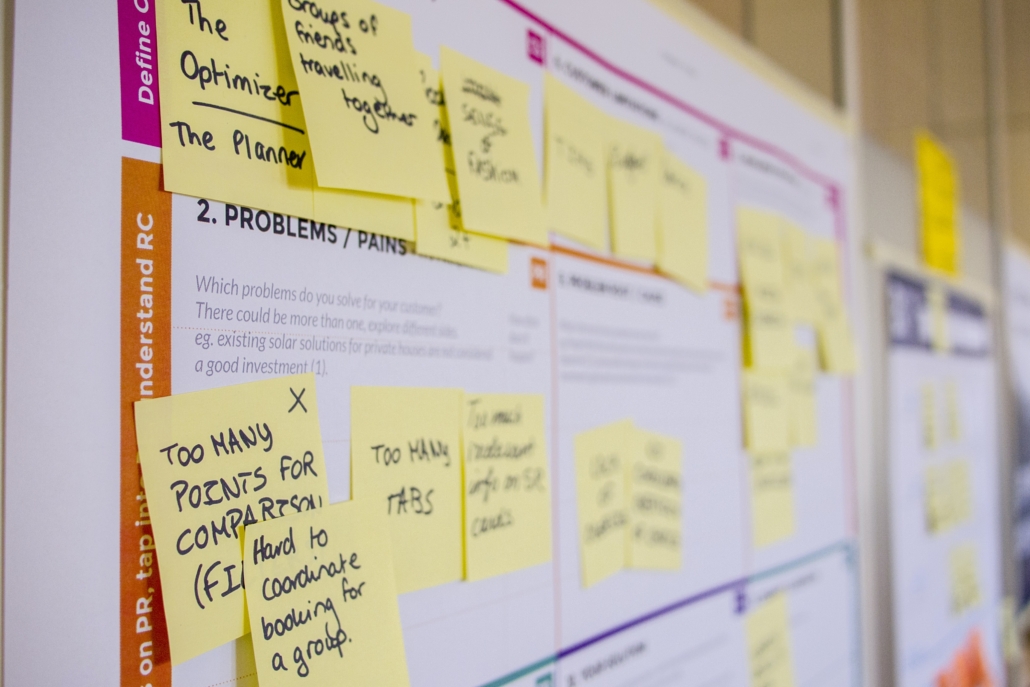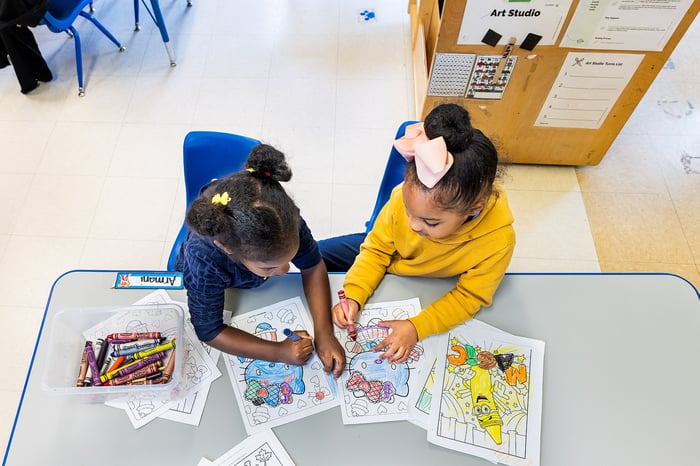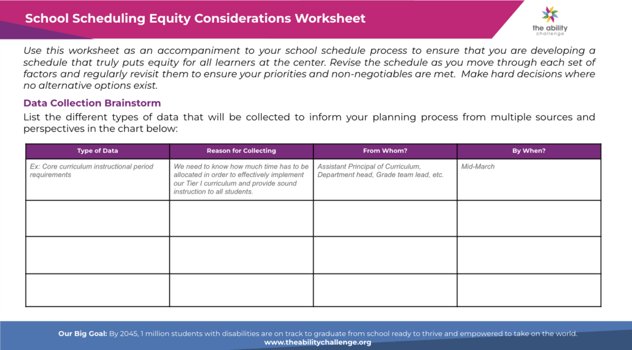Responding to Recovery Needs by Creating a More Equitable Whole School Schedule
Tools • 7 min read • Mar 10, 2022 8:24:00 PM • Written by: Sarah Sandelius

In our work with schools and districts, we frequently find ourselves saying things like “we don’t stay in our lane,” “let’s make sure we loop in general educators,” or even “how do we know our school leader is bought in?” Especially now, when even more is being demanded of schools to recover from COVID school closures, using a whole-school approach to improvement is essential.
The common thread: it takes all members of the school team including – classroom and specials teachers, building leaders, paraprofessionals and aides, counselors and clinicians, special education teachers, families, and last, but certainly not least students – to put the needs of our most marginalized students, such as students with disabilities, at the center of our recovery planning. It is only through this targeted collaboration that we will truly realize the promise of authentically inclusive school communities that meet the needs of all learners.
There are many places where the rubber hits the road to operationalize this vision, but perhaps none is more underrated (and critical) than the whole school schedule. The school schedule sets out class rosters, teacher assignments, co-planning sessions, time for professional development, opportunities for parent engagement, and so much more. Educator time is perhaps our most valuable school resource, and a well-planned schedule can mean the difference between a strategically planned lesson plan and chaos. While it might be considered four-dimensional chess, we have some pointers that can help:
Data is your best friend.
A great schedule starts by collecting data from all relevant stakeholders. Ask your students about their experiences – what’s working and what’s not? Find out from general educators how much time they spend collaborating with their special education peers. Check-in with your teachers who focus on special populations (EL, reading, Special Education) to get a sense of any shifts in programming needs. Observe meetings to think through how to maximize efficiency.

Once you’ve collected both quantitative and qualitative information, use it to set your priorities and non-negotiables. What is important to your school community? What initiatives need more focus? What does your core curriculum require? Have you considered your specials’ scheduling needs? Do teams have sufficient time to co-plan? Once you’ve set a small number of 5-7 priorities, revisit them regularly to ensure your planned master schedule checks all the boxes.
Special Education CAN NOT be an afterthought.
In addition to ensuring your priorities and non-negotiables are met, to truly embrace an equity lens, center your most marginalized students when creating your schedule. 
We know it’s tempting to start with specials teachers and other educators who work across grade levels and content areas, and those are incredibly important, however, we encourage you to start with your Special Education services first. Shaping your schedule in consideration of your Special Education programming ensures that your staff is able to deliver high-quality instruction to students with IEPs in a sustainable way while also preserving (or building in) collaborative planning time for teachers. In partnership with your Special Education leader, examine what services are required for students and build your core schedule with this programming in mind to ensure that students with disabilities get what they need.
With this schedule frame in place, you can now effectively place teachers, providers, and additional staff where needed. Next, schedule the students with disabilities in required classes and services and fill your remaining students in, where appropriate. When you prioritize Special Education, it allows you to build the remainder of your schedule in a way that ensures diversity and balance across sections/classes.
Draft. Revise. Review. Repeat.
Whole school scheduling is not a one-and-done activity. You may start from last year’s schedule and move things around from there or begin with a completely blank plan and start plotting hours for different periods. Wherever you start, know that it’s going to change and that is okay. You may opt to stick to pencil and paper to see everything in front of you. You can also explore different programs such as Excel and take advantage of features such as pivot tables to support you with updating the schedule with ease. Revisit the non-negotiables your team set forth throughout the process and make sure the schedule continues to honor them.

Creativity and experimentation can push your thinking as you iterate on your schedule. Consider longer blocks for literacy or math or A/B alternating schedules to ensure students have access to the content they need and that teachers have the collaborative time necessary. You may decide to move from an annualized schedule to quarters or trimesters to enable students to reach proficiency at a more flexible pace. Think through how you will have flexible time to ensure students in need of additional support or intervention can get immediate help, such as established intervention or study skills blocks, rather than waiting until resources free up.
We know this work is not easy, but spending the time to develop a schedule that truly lives your school or district’s values is a fundamental component of effective and equitable recovery planning.
In our work across the country, there are certain components that dramatically increase the likelihood that a school’s inclusive vision is living in practice – and a school schedule is one.
Want more support? We’ve got a tool for you! Check out our Scheduling Equity Considerations Worksheet to help you as you work on your schedule for next year.
Watch our Office Hours video for more information about scheduling your school with equity and how to use the tool.
Ready to Make an Impact For Your Most Diverse Learners?
Sarah Sandelius
Our Latest
Related Articles

September 1, 2020 | Tools
Planning for Student Transitions during COVID-19: A Roadmap for Schools
Explore our roadmap for school start planning amidst the COVID-19 crisis. Discover essential princip...

September 24, 2025 | 3-minute read
5 Back-to-School Mistakes Sabotaging Your Special Education Program
Avoid the 5 costly mistakes that derail special education programs every September. Learn how succes...

August 28, 2025 |
New School Year, New Tools for Success: The THRIVE Systems Leadership Cohort Toolkit
Transform your school's approach to special education with the THRIVE Systems Leadership Cohort Tool...

